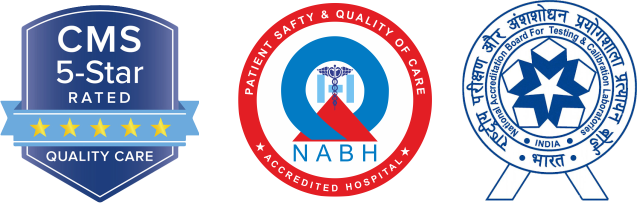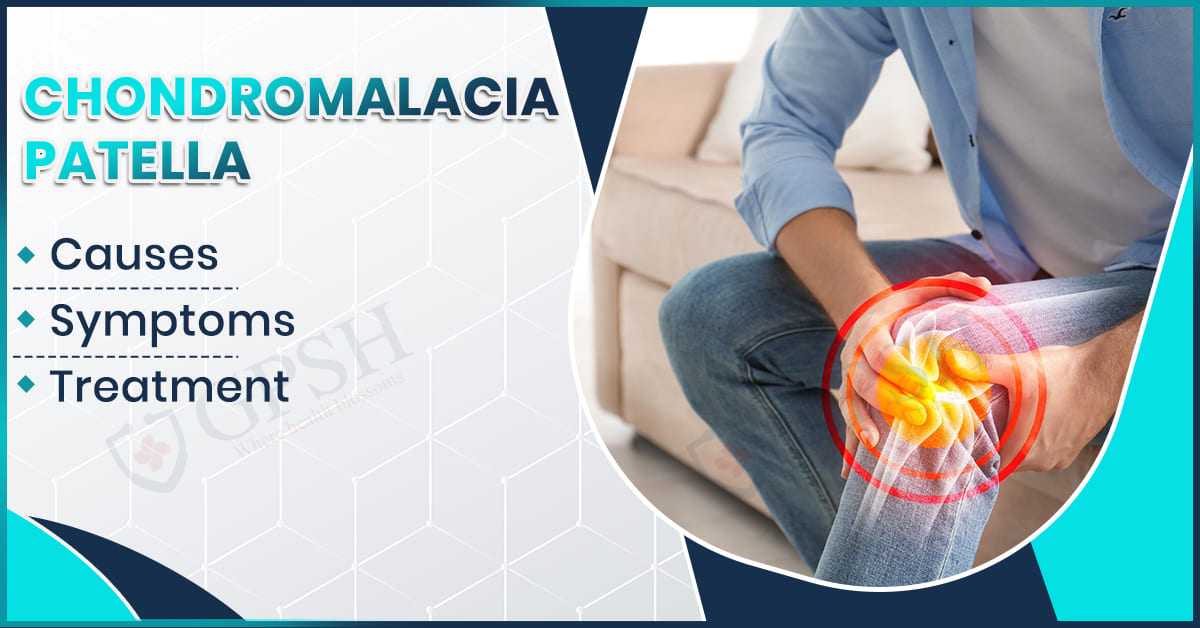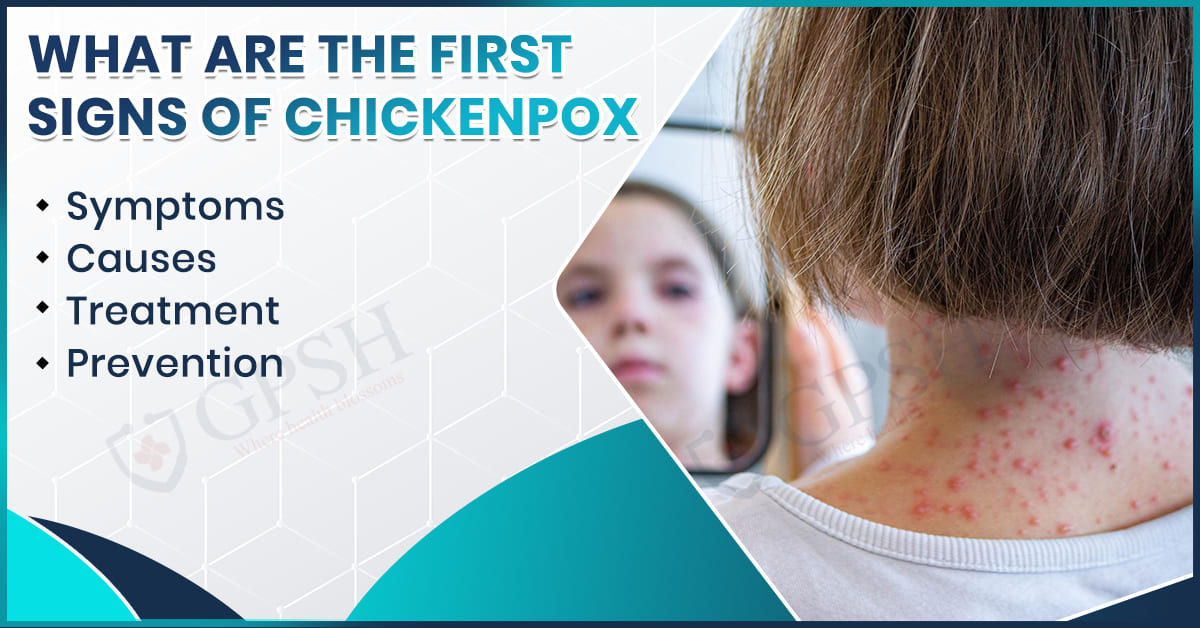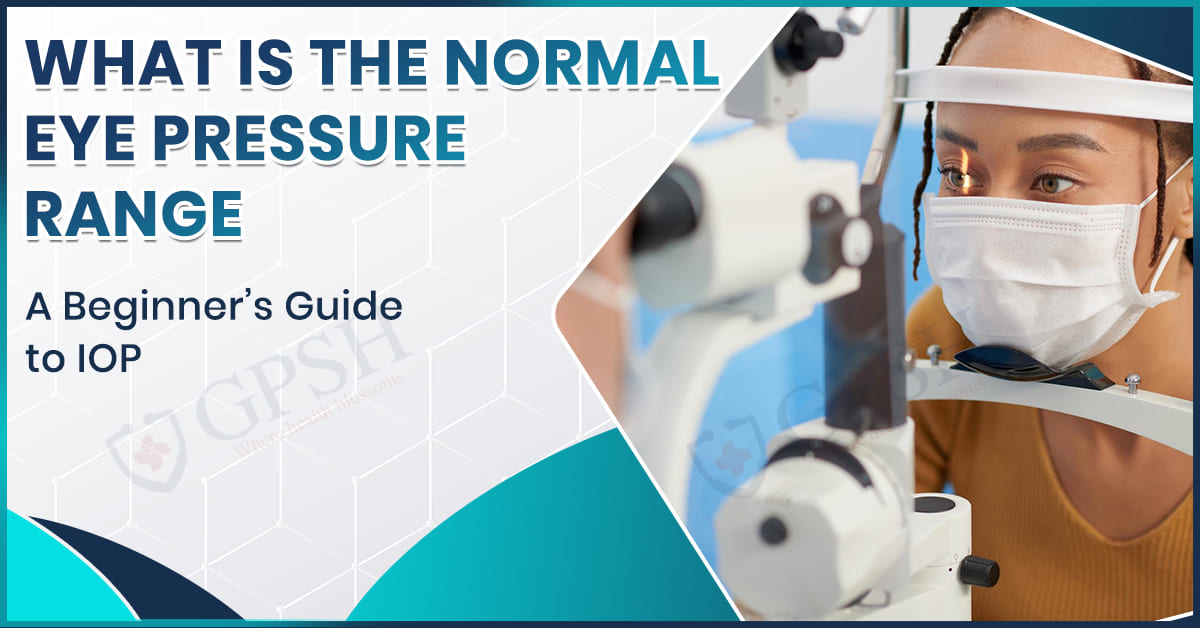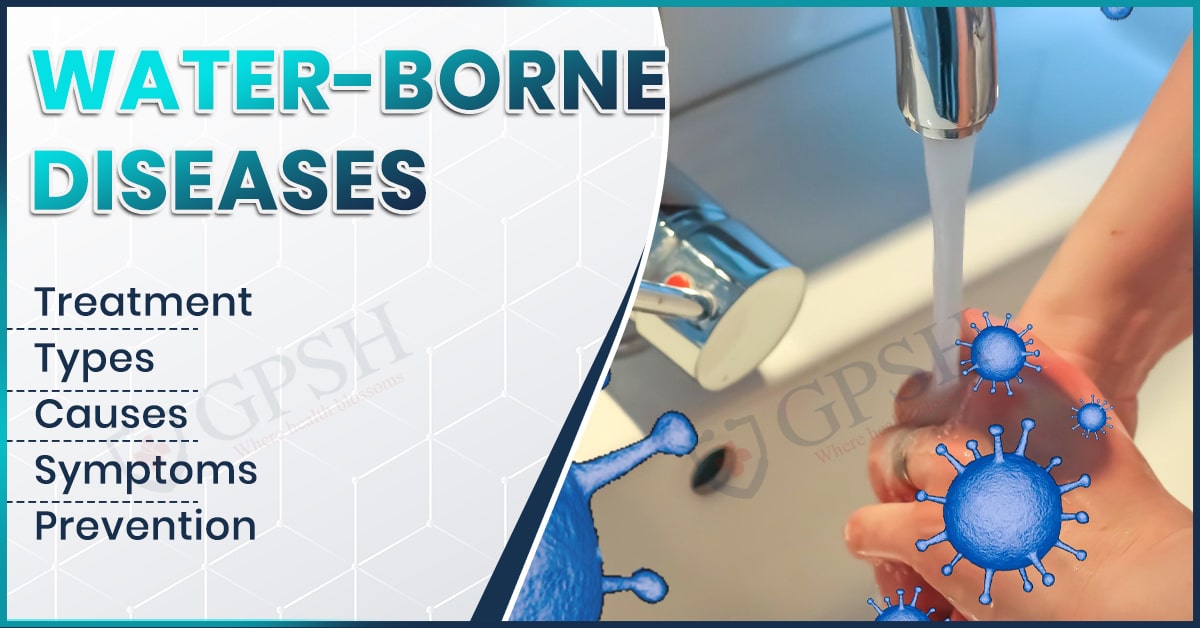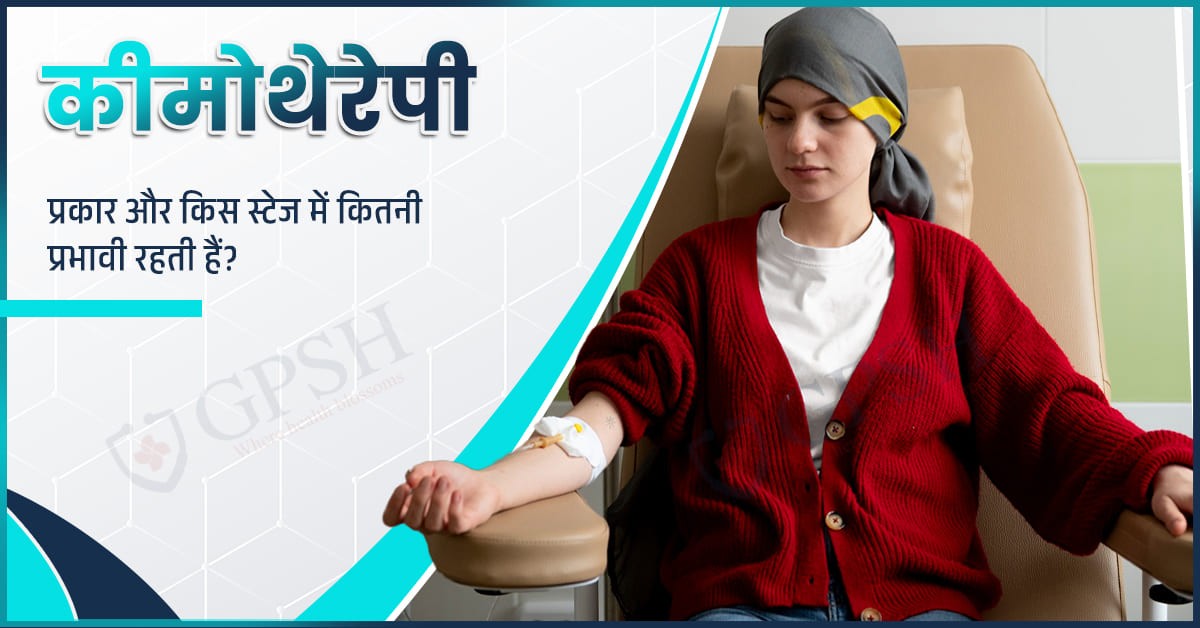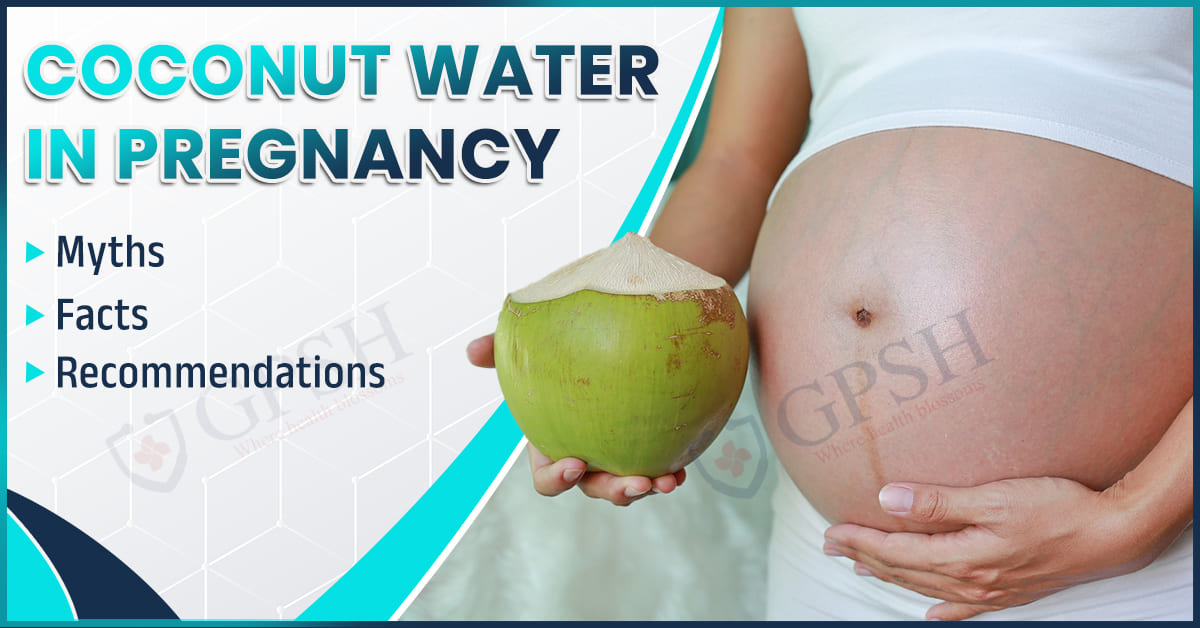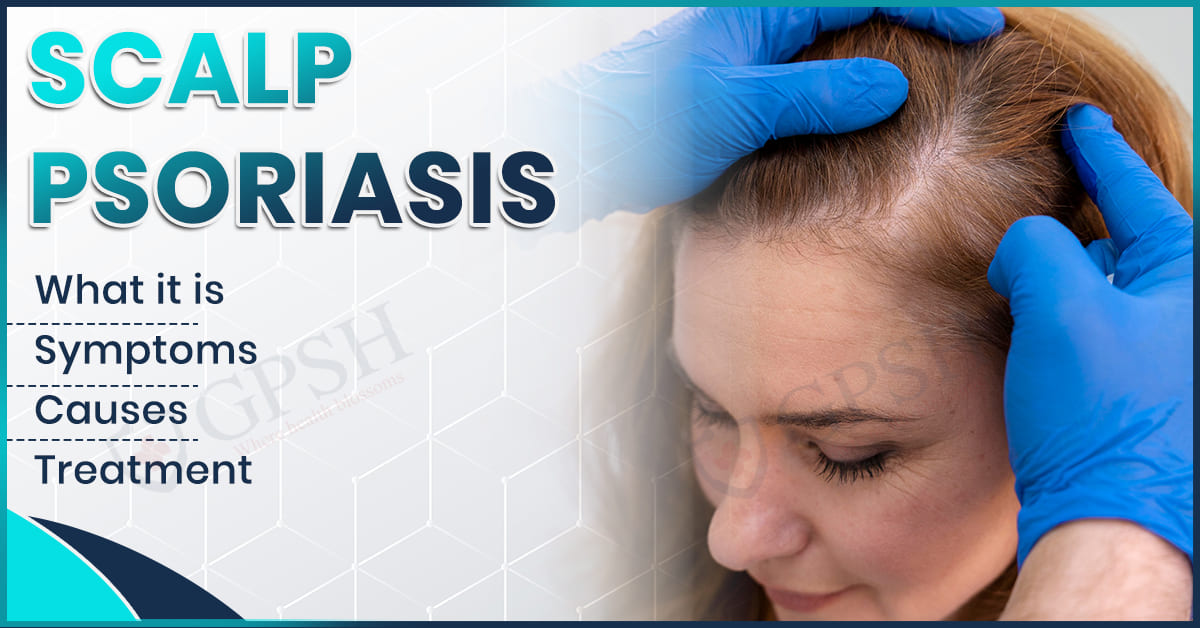Introduction
Chondromalacia patellae is a fairly common knee disorder characterized by the softening and deterioration of the cartilage underneath the kneecap, resulting in pain and discomfort in the knee, especially while moving. One needs to understand this condition for quick management and to avoid complications.
This discussion will be focused on factors causing Chondromalacia Patella, the Chondromalacia Patella symptoms, and Risk Factors of Chondromalacia Patella and finally will give insight about the treatment options for Chondromalacia Patella. So that with this whole overview, one can recognize the condition and get timely medical attention.
What is Chondromalacia Patella?
Chondromalacia patella is a knee disorder where the cartilage under the kneecap develops softness, irritation, or damage. It causes pain in front of the knee, especially when climbing the stairs, squatting, or sitting with the knees bent for a longer time.
Sometimes called “runner’s knee” due to its prevalence among athletes and individuals who consistently put repetitive stresses on the knees, the condition actually develops when the kneecap does not slide smoothly in its groove, with friction wearing away the cartilage over time.
What are the Causes of Chondromalacia Patella?
Chondromalacia Patella occurs when the cartilage under the kneecap begins to soften or sometimes gets extensively damaged because of several factors. The most common causes are:
- Overuse or Repetitive Stress-One continuous running, jumping, or activities that place repeatedly pressure on the knee gradually would wear out the cartilage.
- Poor Knee Tracking-If the patella is not tracking well in the groove, uneven pressure is placed on the cartilage, leading to softening or damage.
- Injury or Trauma-Damage to cartilage can occur due to an injury-where an accident or a fall on the knee is involved-may trigger Chondromalacia Patella.
- Muscle Imbalance or Weakness-Weak thigh muscles, especially the quadriceps, would prevent the patella from being stabilized properly, leading to abnormal patellar motion and cartilage wear.
- Age-Related Wear and Tear-The more one ages, the cartilage thins out and becomes more prone to degeneration and hence a chance of suffering from Chondromalacia Patella.
- Previous Knee Surgery-Treatment of the knee joint in some form that can lead to altered patellar mechanics and cartilage damage.
You can read also:- कोलेस्ट्रॉल पर संपूर्ण जानकारी: कारण, खतरे और बचाव के उपाय
What are the Risk Factors for Chondromalacia Patella?
Risk factors are elements that boost the chances of acquiring Chondromalacia Patella or worsen its symptoms. They are:
- Age: Being a young adult especially between 16 and 35 years of age poses a high risk as these individuals tend to be active and susceptible cartilage.
- Gender: Women have wider hips which contribute to improper alignment and tracking of the kneecap.
- High-Impact Activities: High-impact sports or activities that entail running, jumping, or continuously bending the knees add stress to the cartilage.
- Muscle Weakness or Imbalance: A weak quadriceps or hip muscle can allow improper kneecap movement, thus speeding up cartilage wear.
- Past Knee Injuries: Fractures, dislocations, or ligament injuries occurring earlier can modify knee mechanics, augmenting the danger of cartilage damage.
- Obesity: Some more weight pressure is exerted on the knees, adding stress and eventual-degeneration to the cartilage.
- Poor Foot Mechanics: Flat feet or overpronation could lay an altered alignment all along the leg which in turn affects the tracking of the kneecap thereby increasing the risk.
What are the Symptoms of Chondromalacia Patella?
The symptoms tend to evolve slowly but become pronounced as the cartilage underneath the kneecap gradually degenerates with time. Both the intensity and other characteristics of the symptoms are considered dependent on the severity of the condition. The key signs are as follows:
- Knee Pain: A dull or aching pain is often felt in the front of the knee. The pain tends to grow stronger with weight-bearing activities on the kneecap such as stair climbing, squatting, kneeling, or sitting for prolonged periods with the knee bent.
- Grinding or Clicking Sensation: A grinding, popping, or cracking sound is mostly associated with bending or straightening of the knee due to irregular displacements of the kneecap over the softened cartilage.
- Swelling: Mild swelling around the kneecap can develop due to either irritation or inflammation within the joint, especially following physical activities.
- Tenderness: The area around the kneecap might feel sore and tender to the touch, thereby causing discomfort upon direct pressure.
- Instability or Weakness: People sometimes feel that the knee is sensitive to movement or can “give way” under pressure. This feeling makes running, walking, and jerky changes of direction rather strenuous and uncomfortable. It is almost as if the knee feels as if it is going to collapse on any sudden exertion, leaving the person uneasy.
- Activity Pain: Pain generally intensifies upon performing repetitive or high-impact activities, for example, running or cycling. It may also arise after sitting for a long time, a condition sometimes referred to as the “theater sign.”
- Recognizing these symptoms of Chondromalacia Patella enables the patient to get prompt medical attention so treatment for Chondromalacia Patella can begin to work on preventing further cartilage damage and enhancing the working ability of the knee.
You can read also:- Scalp Psoriasis: What it is, Symptoms, Causes, Treatment
How can Chondromalacia Patella be Treated?
The treatment of chondromalacia patella involves treatment of symptomatology, enhancement of knee function, and arrest of processes responsible for a further damage to cartilage. Treatment modalities include the following:
- Rest and Activity Modification: Activity stressing the knees, such as running, jumping, or prolonged squatting, may be avoided to prevent the elicitation of pain or inflammation.
- Physical Therapy: Exercises for strengthening the quadriceps together with exercises for strengthening the hip and thigh muscles to correctly align the patella and reduce the wear on its cartilage.
- Pain Relief Medication: Pain and swelling with chondromalacia patella can be relieved by analgesic and anti-inflammatory drugs, such as NSAIDs.
- Icing: Application of ice pack on knees will help them to reduce inflammation and pain after activities.
- Knee Supports or Braces: A knee sleeve or patellar brace may help to stabilize the kneecap and improve its tracking during movement.
- Orthotics: Custom shoe inserts may be used for correcting foot mechanics, thus relieving the patellar malalignment caused by flat feet or overpronation.
- Surgery: In cases of severe symptoms and failure of conservative treatment, arthroscopic surgery may be performed to smooth roughened cartilage or realign the kneecap to relieve pain.
Conclusion
In summary, Chondromalacia Patella is a treatable inner-knee condition if caught earlier and treated well. The aspects that count during recovery include Causes of Chondromalacia Patella, identification of symptoms of Chondromalacia Patella, and Risk Factors for Chondromalacia Patella.
Treatment for Chondromalacia Patella generally involves resting the patient with the knee, exercising physiotherapy, pain relievers, and in some cases surgery. The Shekhawati Hospital has carved a niche for itself through diagnosing and treating numerous knee ailments and disorders through the application of cutting-edge technology and individualized care.

